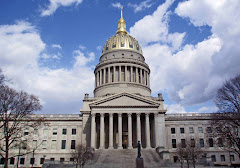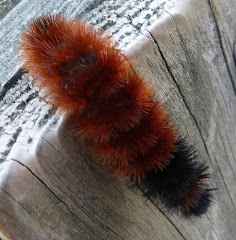
The Gamble Plantation State Park
I had wanted to stop by this small park for some time, and thus, in planning my route to and from the DeSoto Monument I made sure that we went past this park.
There is not really too much to the park. It is just a tabby house that was obviously built in sections during the 1840’s (it is, however, the only Ante-Bellum house in South Florida) after the conclusion of the Second Seminole War. Robert Gamble was the man who built the house. He was the son of a wealthy sugar planter from the around Tallahassee area, and claimed 3,400 plus acres. He worked the plantation with about 180 or so slaves for about 10 years. During this period of time he raised mostly red ink, as opposed to sugar, his supposed crop. Consequently, he began selling off portions of the property to satisfy his creditors.
Finally, he moved away just prior to the outbreak of the Civil War. Consequently, during that conflict his property, now abandoned, was taken over by the Confederate Government and used as a “commissary.” Thanks to its location, close to a waterway leading off of Tampa Bay, the house and its surrounding buildings were used by the blockade runners. It is reported that one of the Blockade runners, Captain Archibald McNeil moved into the house in 1865.
It is also believed by many that Judah P. Benjamin, the Confederate Attorney General, Secretary of War, and finally Secretary of State made his way to the Gamble Plantation House after the fall of Richmond VA. Reportedly Benjamin stayed here a few weeks while he arranged passage for himself to England. Whether it was from this house or not, the fact remains that Benjamin was one of the very few members of the Confederacy’s Executive Branch to successfully flee to Europe in the immediate aftermath of the war. Shortly after he landed in Victorian England he passed his Bar Exam and became a successful, albeit somewhat quiet, lawyer who even tried cases before the House of Lords.
For us, this trip also had a family interest as well. Since Benjamin was one of our family names, I thought I needed to find out a bit more about the man on the off-hand chance we might have been distantly related. However, after a few short minutes with the Ranger at the house I found that it is very unlikely that Judah P. Benjamin was one of my Benjamins. Judah was born into a family of Sephardic Jewish settlers, and had to detour with his family to the West Indies on their immigrant voyage to America owing to the outbreak of the War of 1812. I already knew that my Benjamin family came to this country from England to work for Lord Fairfax in Virginia during the middle 1700’s. Thus, I have determined that if there ever was any relation between our families it would have been way back, particularly since Judah P. Benjamin’s folks traced their heritage to Spain.
Family issues aside, the house was very interesting. Despite the imposing-looking Doric Columns across the front, the Gamble Plantation House is basically a tabby structure with many features that were designed to make it more livable during the hot times of summer of which this area has a lot. Out in back of the house there was an old cane press that had been used for making sugar in ante-bellum times. We examined this machinery after touring the house. There is also the ruins of a sugar cane mill on the property, however, the press of time, it was near closing, precluded a side trip to the mill.






